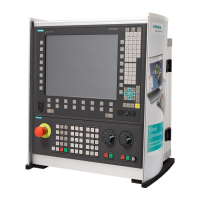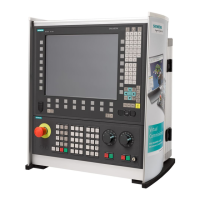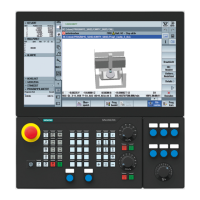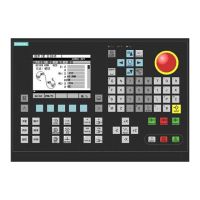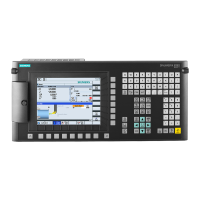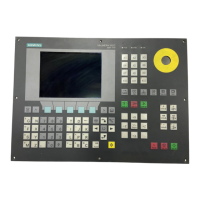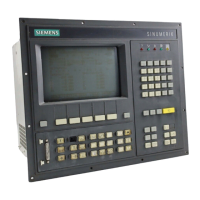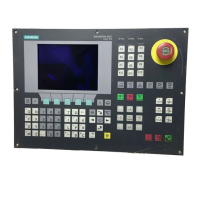<####,_VAR_NUM> 0012 4 places before decimal point, lead‐
ing zeros, no places after the decimal
point
< #,_VAR_NUM> 12 4 places before decimal point, lead‐
ing blanks, no places after the deci‐
mal point
<#.,_VAR_NUM> 12.35 Integer and fractional digits not for‐
matted.
<#.#,_VAR_NUM> 12.4 Places before decimal point unfor‐
matted,
1 place after the decimal point (roun‐
ded)
<#.##,_VAR_NUM> 12.35 Places before decimal point unfor‐
matted,
2 places after the decimal point (roun‐
ded)
<#.####,_VAR_NUM> 12.3500 Places before decimal point unfor‐
matted,
4 places after the decimal point (roun‐
ded)
If there is insufficient space in front of the decimal point to display the
number entered, it is automatically extended. If the specified number of
digits is larger than the number to be engraved, the output format is au‐
tomatically filled with the appropriate number of leading and trailing ze‐
roes.
Instead of the decimal point you can also use a blank.
Instead of _VAR_NUM you can use any other numerical variable (e.g.
R0).
7. Press the "Variable" and "Variable text" softkeys if you want to take the
text to be engraved (up to 200 characters) from a variable.
The format text <Text, _VAR_TEXT> is inserted and you return to the
engraving field with the softkey bar.
You can use any other text variable instead of _VAR_TEXT.
Note
Entering the engraving text
Only single-line entries without line break are permissible!
Programming technological functions (cycles)
10.2 Milling
Milling
Operating Manual, 08/2018, 6FC5398-7CP41-0BA0 477
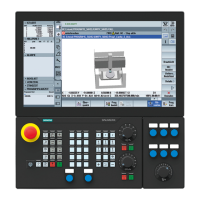
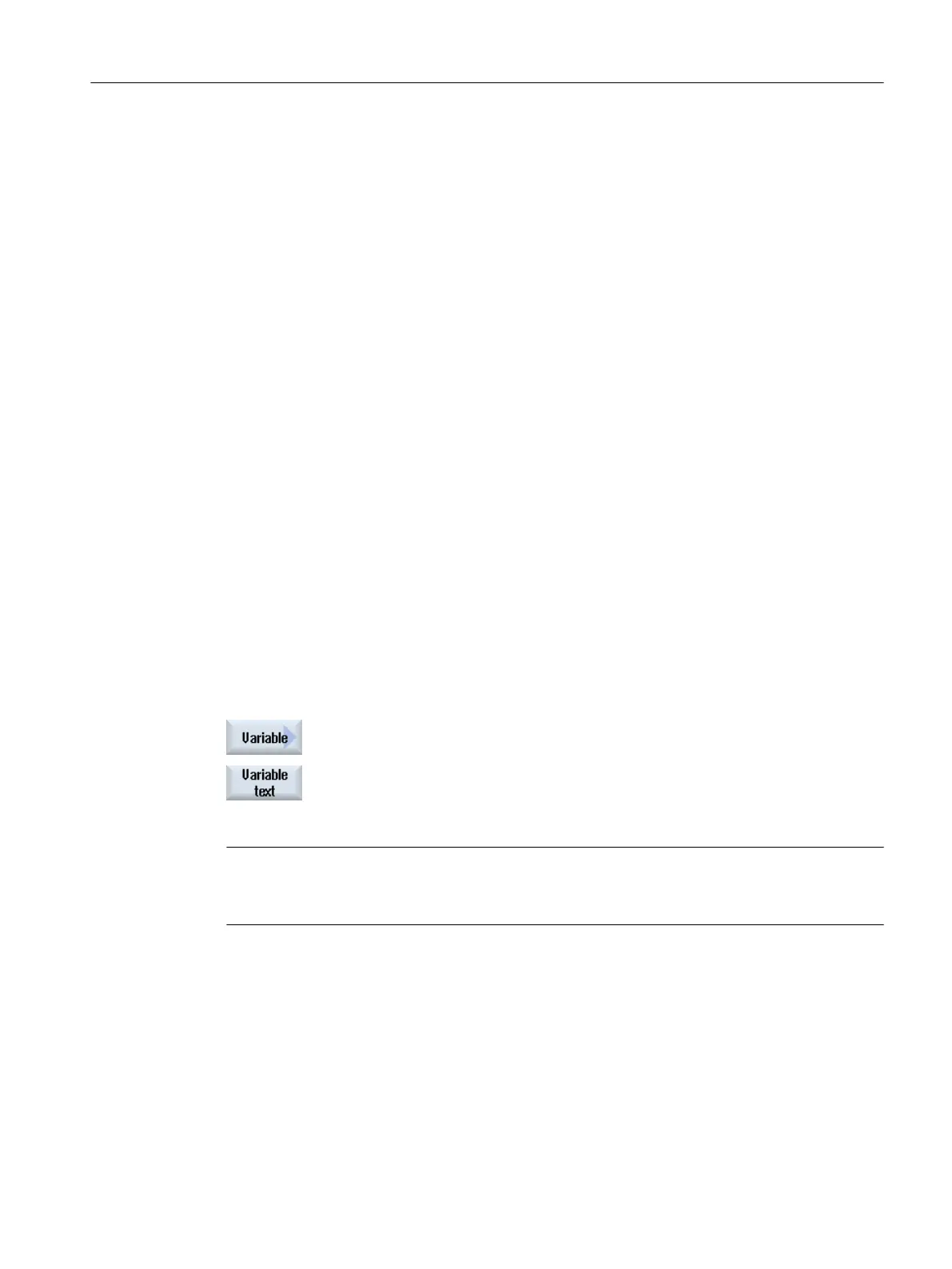